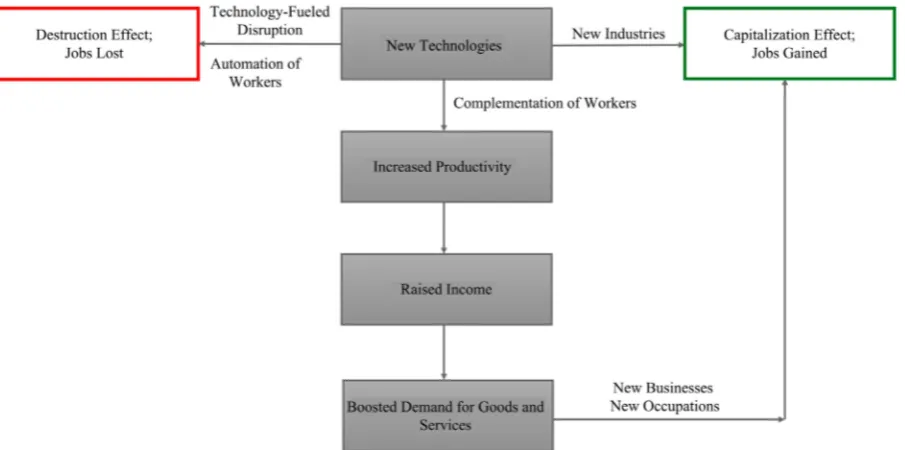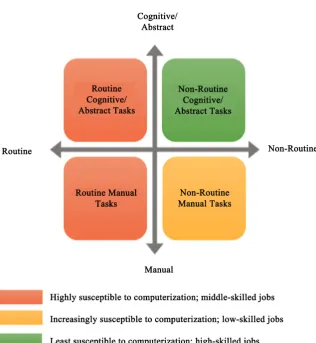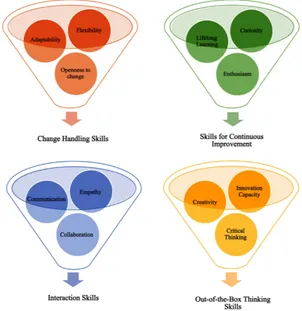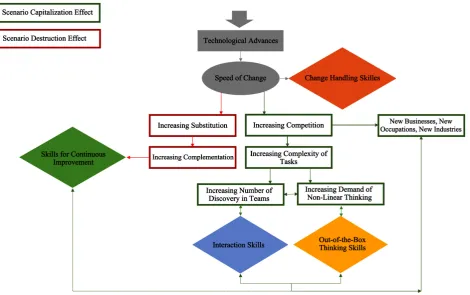Technological Advances and the Changing Nature of Work: Deriving a Future Skills Set
Full text
Figure




Related documents
The need to consider QoBiz metrics when evaluating Internet services has become increasingly apparent because of the emergence of three types of service models: business to
During Charlie Smyth’s first term on the library Board, he encouraged the establishment of library set-aside funds to plan for long-term replacement costs of major building
Just as the corporate sector bulks large in the nation's total plant and equipment investment, investing in plant and equipment represents a large share of the corporate
FC-OSIC and LC-BiDFE MIMO receivers present a good performance in reducing signal distortion generated by MX/DMX: both OSNR penalties are similar and always lower than
Make sure that the Raman option (“Use Raman Accessory”) is checked in the “Raman” menu and that the IR sample compartment is empty... If measuring the first Raman spectrum, you
90 Eglinton Avenue West, Toronto, Pilot Insurance – 6 Storey Office Building 8688 Woodbine Avenue, Trimark, Markham – Industrial. 1315 Bough Beeches Boulevard, Toronto – 20
Whilst the lack of availability or urban land, rising threshold costs of construction and regulatory issues are supply-side constraints, lack of access to home finance is a
Here, too, the housing finance companies recognize that the business of serving this cus- tomer segment is a fundamentally different business from traditional housing finance, as this